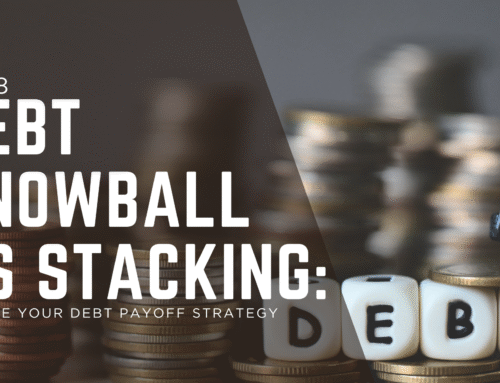
🎯 Final in the Savings Series: Retirement Planning
This week, we conclude our savings series with what we all look forward to – retirement. Learn the traditional rules and when to go beyond them for the retirement you deserve.
The Traditional 10% Retirement Rule
This is probably the most traditional rule of thumb when it comes to saving for retirement. Save ten percent of your income toward retirement.
📊 10% Rule Example
Annual Income: $60,000
10% Annual Savings: $6,000
Monthly Savings: $500
Assuming 7% average annual return over 30 years: ~$567,000
Why the 10% Rule Works:
It gives people a simple number to work with. If you’re young, you’ve just opened an annuity, and you’re not sure how much of your earnings to set aside, 10% is a good start.
When the 10% Rule Doesn’t Work:
While simple, the percentage doesn’t consider how much you’ll actually need in retirement. It also doesn’t consider how much you’ve currently saved.
- Playing catch-up: You’ll probably need to save considerably more than ten percent
- Early retirement: You’ll need to save more than ten percent
- Lavish retirement: You’ll need to save more than ten percent
- Starting late: Requires higher savings rates to compensate
The 20x Income Rule
Here’s another rule of thumb for deciding how much to set aside for retirement. You should save 20x your gross annual income.
📈 20x Income Example
Current Annual Income: $60,000
Target Retirement Savings: $1,200,000
This assumes you’ll need 80% of pre-retirement income ($48,000/year)
Why the 20x Rule Works:
It actually focuses on what you’ll need in the future. This rule helps you target a specific nest egg amount rather than just a savings rate.
10% Savings Rule
Focus: Input-based savings
Best For: Young starters, simple planning
Limitation: Doesn’t account for retirement needs
20x Income Rule
Focus: Output-based target
Best For: Specific goal setting, mid-career planning
Limitation: Assumes current lifestyle in retirement
When the 20x Rule Doesn’t Work:
Your retirement expenses might differ from how much income you earn now. Depending on the lifestyle you plan to live, you may need a lot more, or less, than your income.
Beyond the Rules: Personalized Retirement Planning
🎯 The Reality: One Size Doesn’t Fit All
These rules give you a decent ballpark figure of how much to save. But if you want to get a more complex picture that considers all the variables, take the time to consider what you want to do in retirement then calculate how much that lifestyle will cost.
🌴 Minimalist Retirement
Savings Target: 10-12x income
• Paid-off home
• Simple lifestyle
• Local activities
• Basic healthcare
🏡 Moderate Retirement
Savings Target: 15-20x income
• Current lifestyle maintained
• Some travel
• Hobbies & leisure
• Good healthcare
✈️ Luxury Retirement
Savings Target: 25x+ income
• Extensive travel
• Second home
• Premium healthcare
• Legacy planning
Creating Your Personal Retirement Plan
📝 Retirement Planning Checklist
1. Define Your Retirement Vision
- At what age do you want to retire?
- What activities do you want to pursue?
- Where do you want to live?
- What standard of living do you want?
2. Calculate Your Retirement Needs
- Estimate annual living expenses
- Factor in healthcare costs
- Account for inflation
- Include travel and leisure
3. Assess Your Current Position
- Current retirement savings
- Other assets and investments
- Expected pension/Social Security
- Debts to be repaid
4. Create Your Savings Strategy
- Determine required savings rate
- Choose appropriate investment vehicles
- Set milestone targets
- Plan for catch-up if needed
💡 The Power of Starting Early
At age 25: Saving $500/month at 7% return = $1.2 million at 65
At age 35: Saving $500/month at 7% return = $567,000 at 65
At age 45: Saving $500/month at 7% return = $245,000 at 65
Time is your most valuable retirement asset!
✅ Congratulations on Completing the Savings Series!
You’ve now explored budgeting, vehicle savings, homeownership, net worth building, and retirement planning. You have the foundation to build lasting financial security.
“A wealthy person is simply someone who has learned how to make money when they’re not working.” – Robert Kiyosaki
📚 Complete Savings Series Recap
Missed any part of our financial series? Catch up on:







